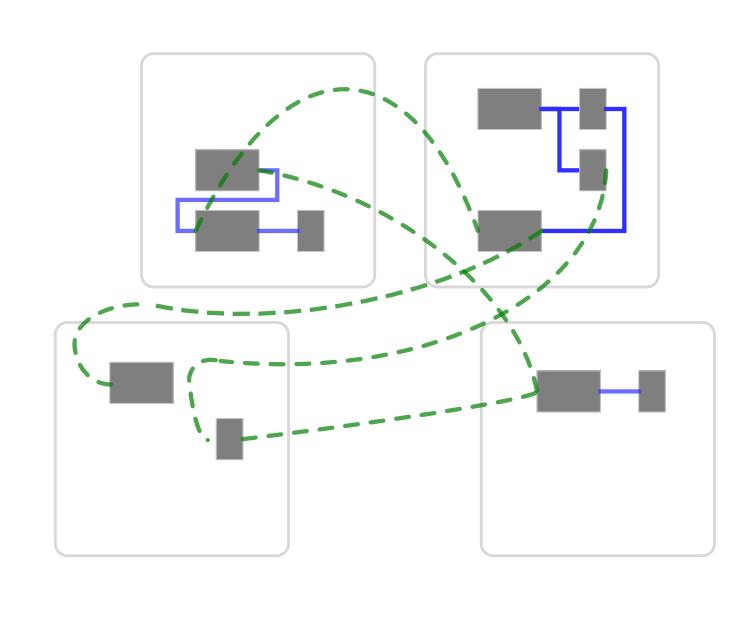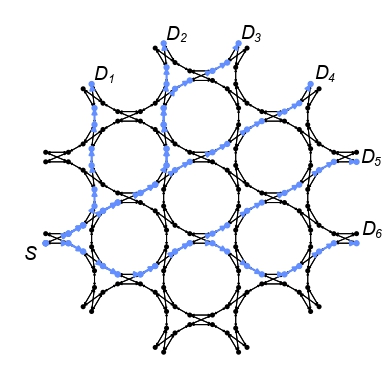publications
publications by categories in reversed chronological order. generated by jekyll-scholar.
2025
-
 Dense or Sparse? Post-Packing Interconnection Analysis in FPGAsIn Proceedings of the International Symposium on Highly Efficient Accelerators and Reconfigurable Technologies (HEART 2025), 2025
Dense or Sparse? Post-Packing Interconnection Analysis in FPGAsIn Proceedings of the International Symposium on Highly Efficient Accelerators and Reconfigurable Technologies (HEART 2025), 2025 -
 Adaptive elite learning particle swarm optimization algorithm with complementary sub-strategies for multimodal problemsSCIENCE CHINA Information Sciences, 2025Available online: Jul 3, 2025
Adaptive elite learning particle swarm optimization algorithm with complementary sub-strategies for multimodal problemsSCIENCE CHINA Information Sciences, 2025Available online: Jul 3, 2025 -


